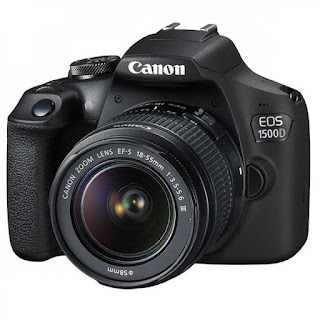Polaroid Camera and its Film, their uses and utility
Polaroid cameras were first introduced in 1998. The Instax cameras allowed people to take pictures and have them in physical form instantly. Friends could exchange photos and it was a great way to enhance communication within the group. The product was extremely popular among the young and remained popular until 2002. During 2002’s mobile phone with cameras and digital cameras were being introduced in the global market.
Film
There are two types of Instax cameras available; Instax Mini and Instax Wide. Both of the films of these cameras cannot be mixed because of the difference in size. The wide-format measure 3.4*4.3’ with an image size of 2.4*3.9’ is only used in Instax Wide 300. All the other cameras use a 2.4*1.8’ size. The mini print is basically the size of a credit card which makes it difficult to reveal much of the details. Fujifilm offers multi-colored borders in the film in order to add a different mood to the picture. Both formats are placed in a plastic cartridge that contains 10 sheets. The Instax film does not require peeling off the negative image and no shaking or putting it under the arm.
Both of these films are daylight balance, ISO 800 with a lines/mm resolving power can expose indoor and outdoor shots equally great. If one is expecting the dynamic range of the X-trans sensor then this isn’t for you. With a minimal amount of exposure, aperture, and flash controls on the camera, you can expect a lo-fi image quality with a glossy surface.
Uses
Instax cameras can be used in different settings and in different conditions. Following are some of the most ideal situations in which an Instax camera can take advantage.
Selfies
Food
Pets
Landscapes
Architecture
Portraits
Portraits
People surround us all most of the time. Family, friends have the majority of the time of the day so use them as your subjects. Make them strike a pose. Capture fund and candid moments from special events or on a daily day routine.
Food
Food photography can be done amazingly with an Instax camera as the small-sized images will highlight enough details and add to the beauty of the food. It can be a great way to flaunt the food on to your social media.
Pets
Some are just easier to pet and some have excessively much energy, but they all are good with cameras. Instax camera is the perfect thing to take your pet modeling with. Instax camera allows the photographer to make a beautiful album of the pet.
Selfies
Now, who doesn’t like to click a good selfie or two? Instax camera allows you to take funky and creative selfies, which you can later store in an album or make an album wall of your own. So just, put yourself in the frame or grab your friends too and get a perfectly clicked selfie.
If you are planning to get an Instax camera to get all this creative, crazy photography done check out khawajaphotos.pk for the Instax camera price in Pakistan. The Instax camera will even get delivered to your doorstep with the nation-wide delivery service.



Comments
Post a Comment